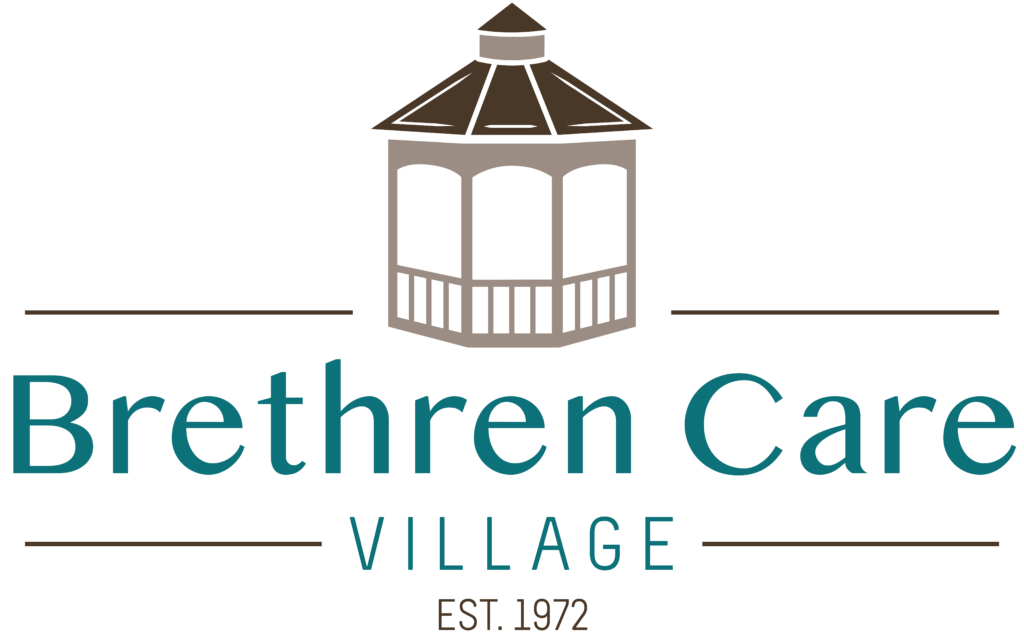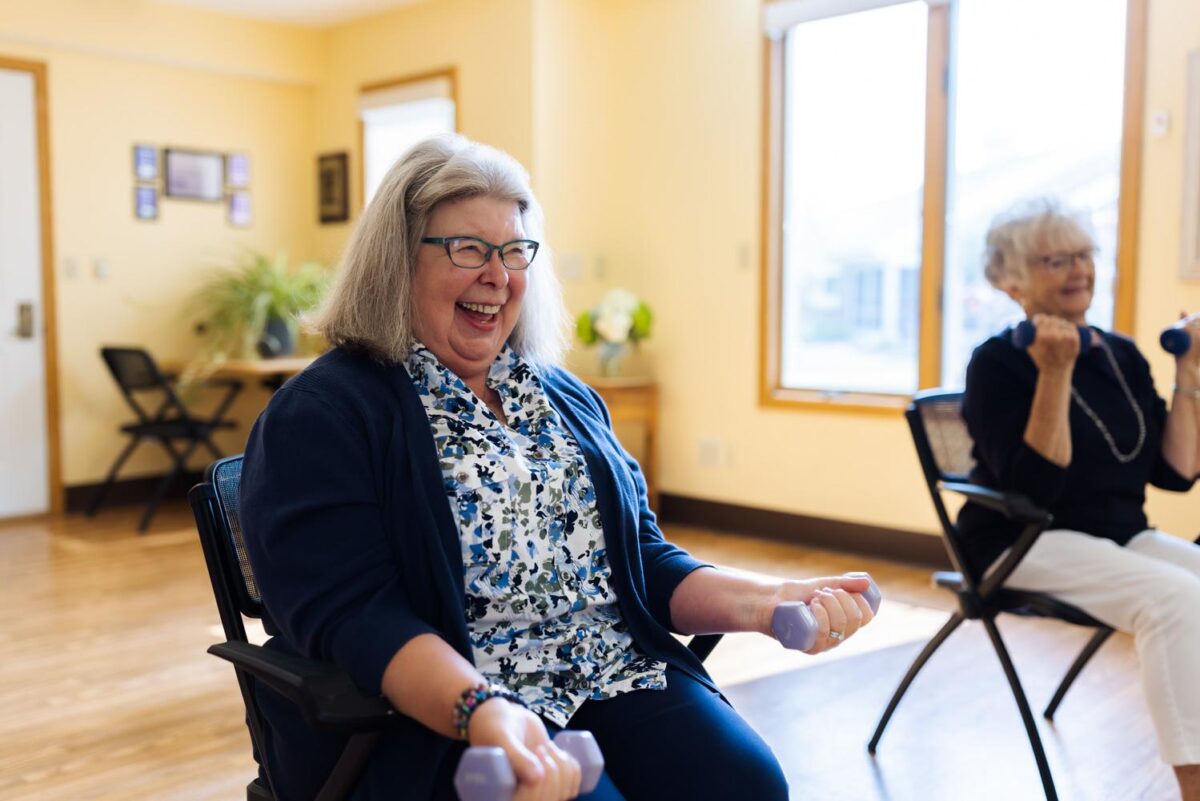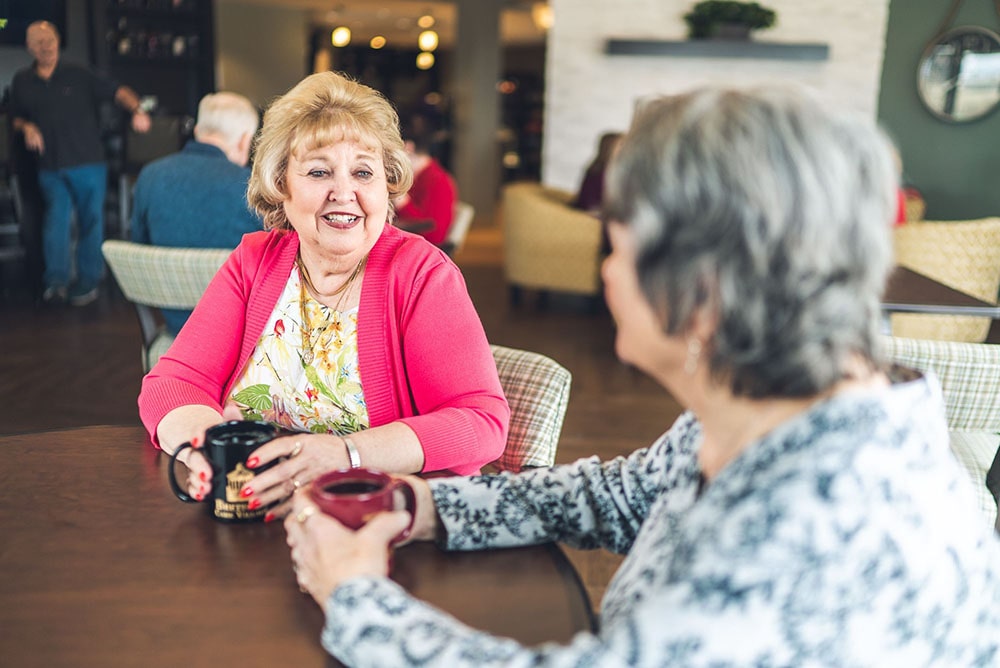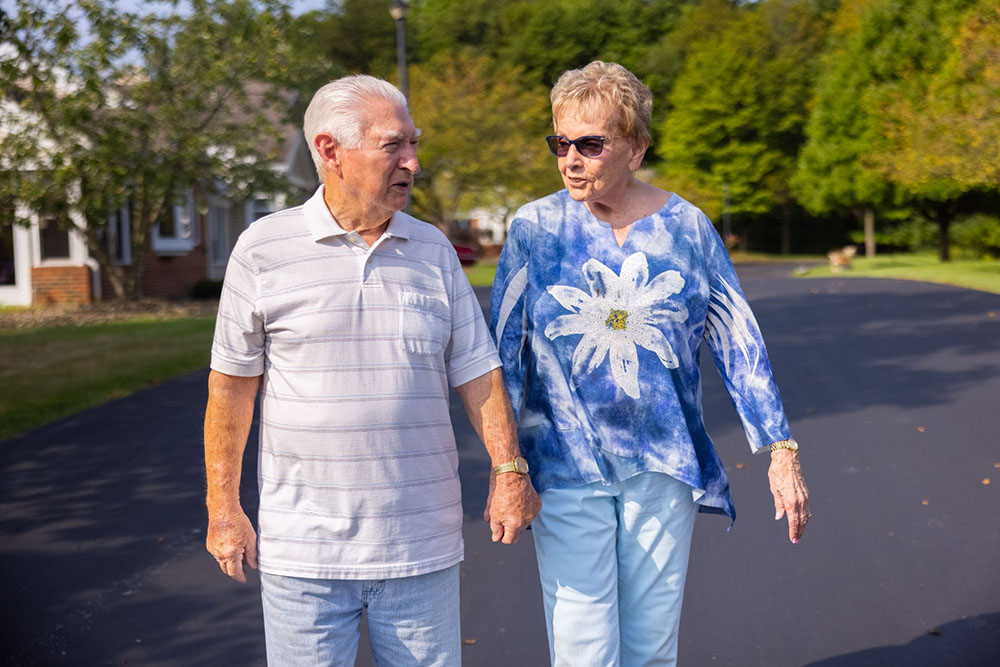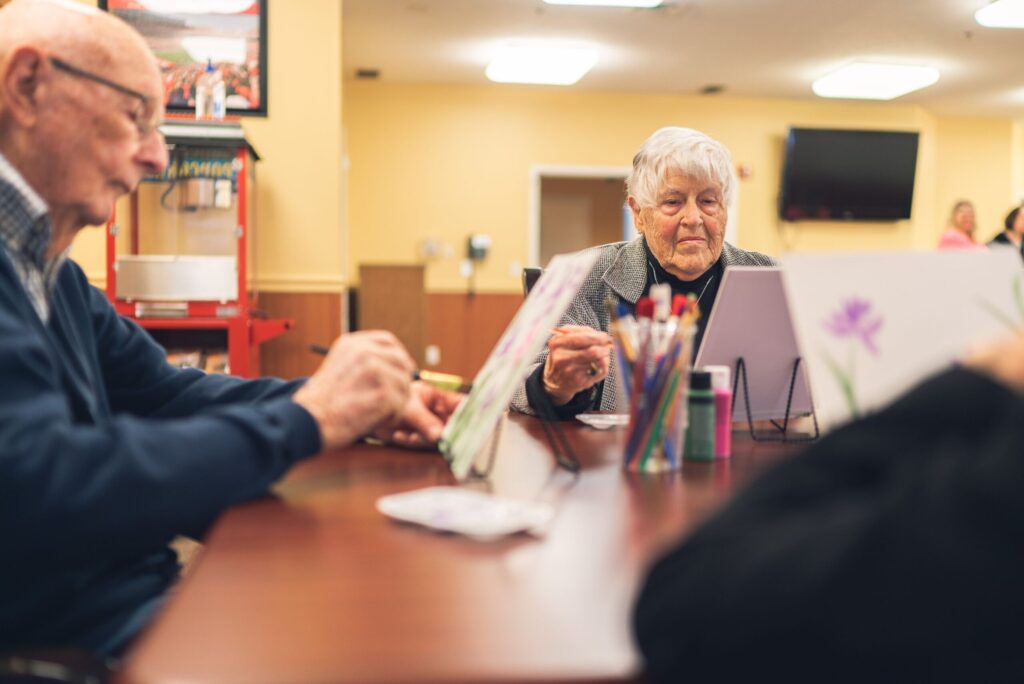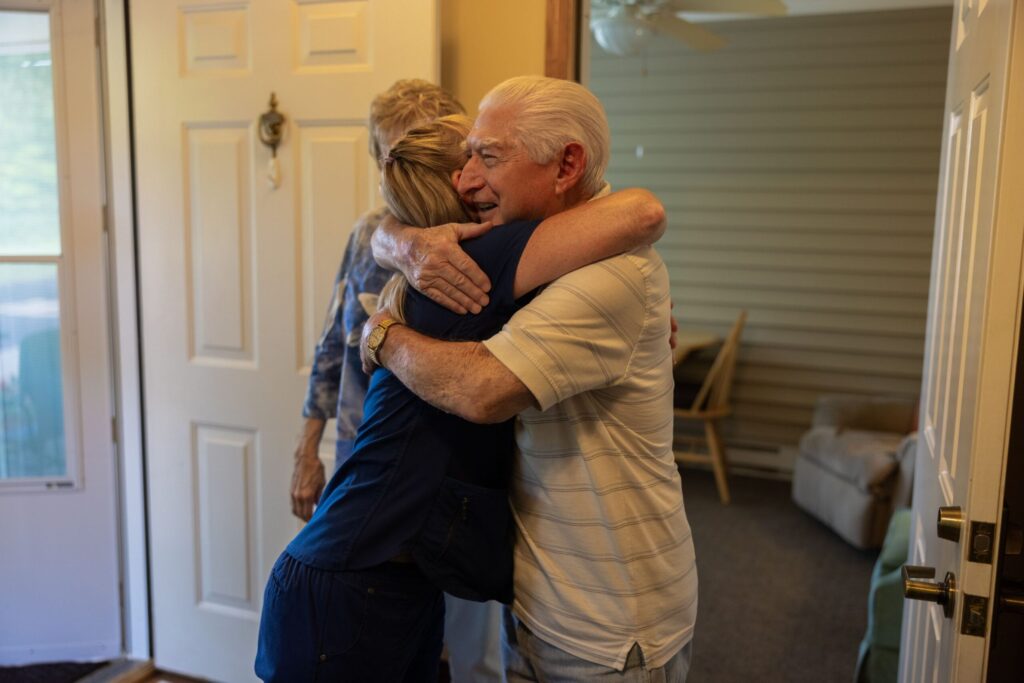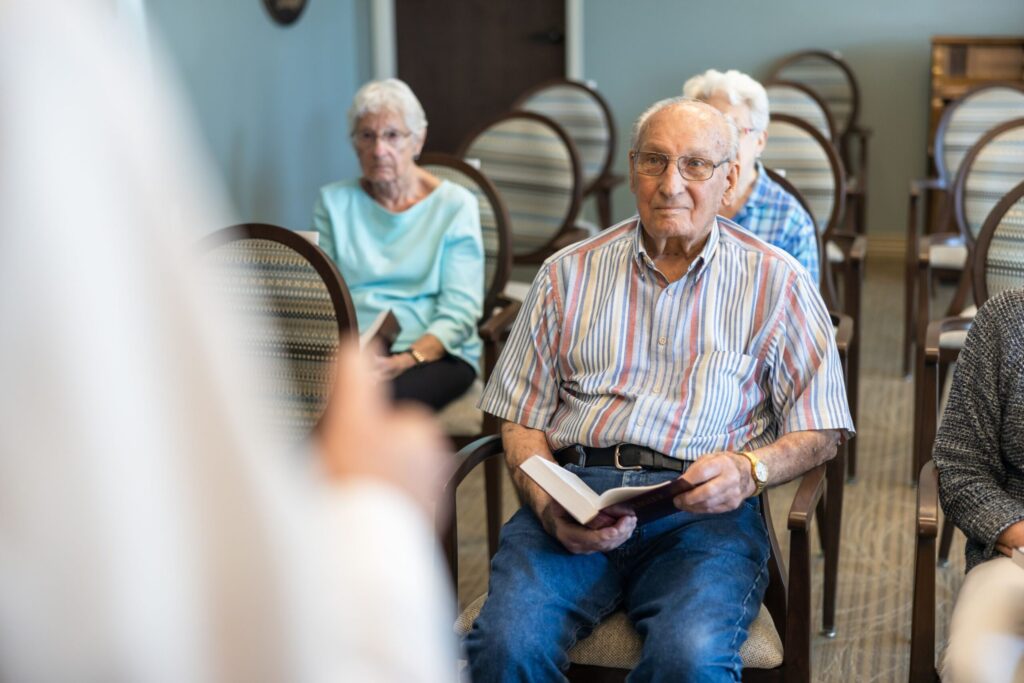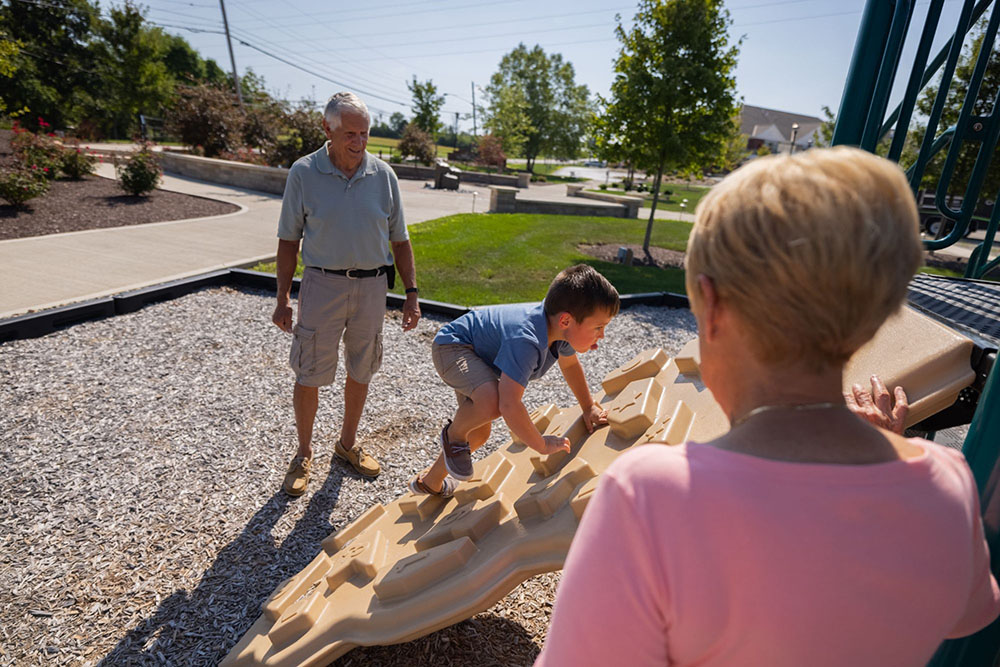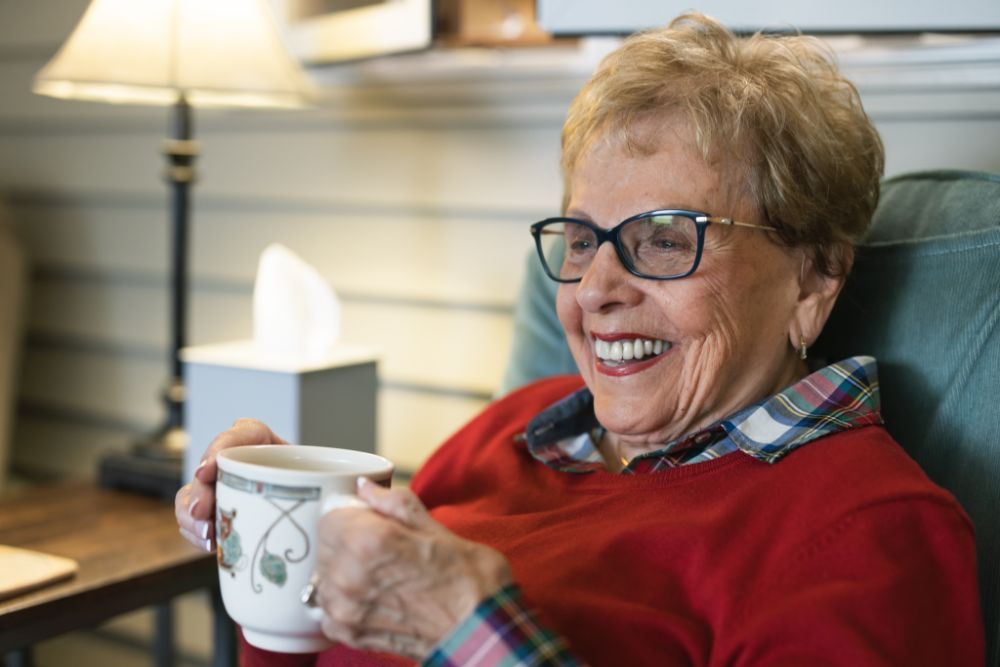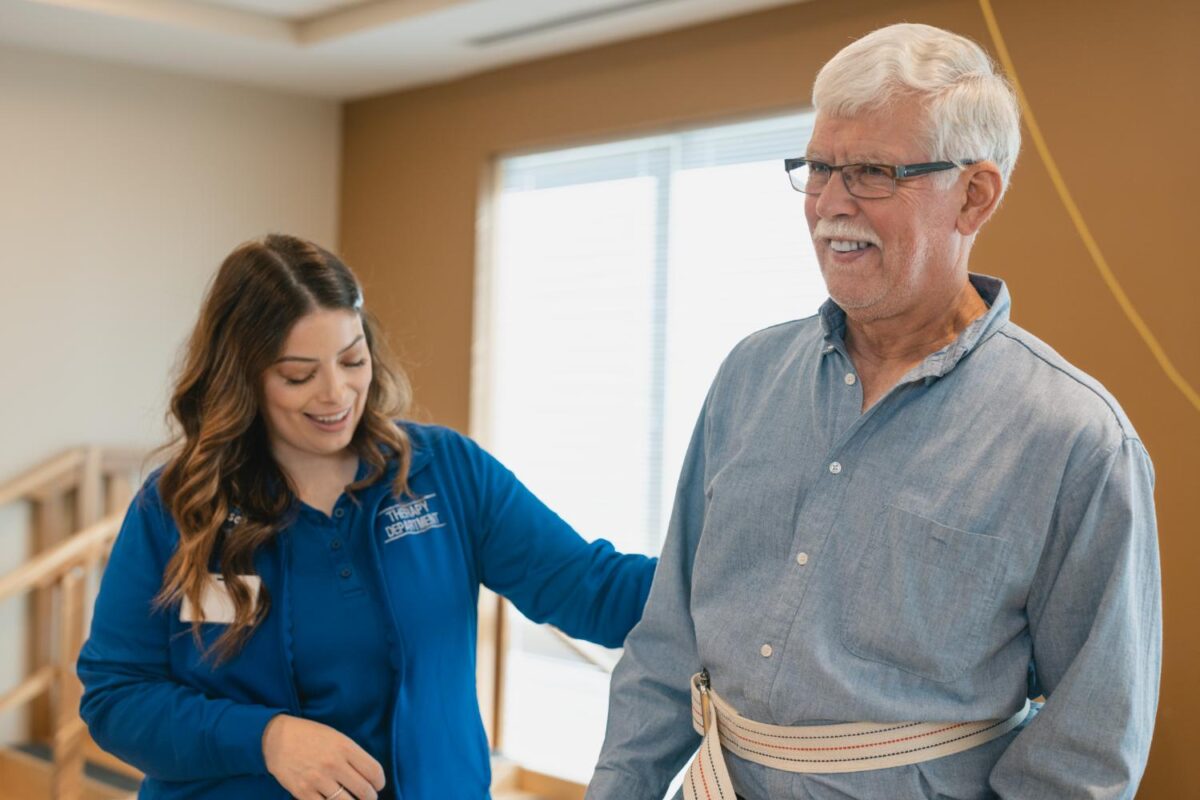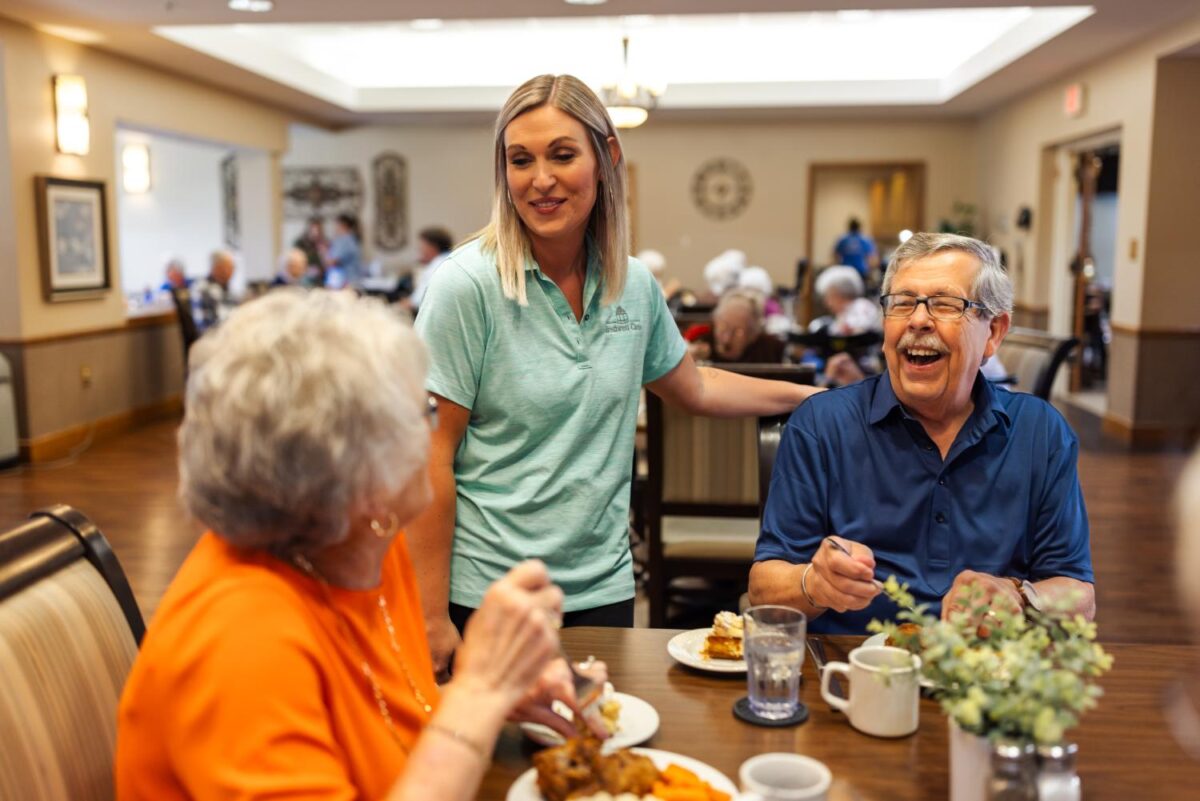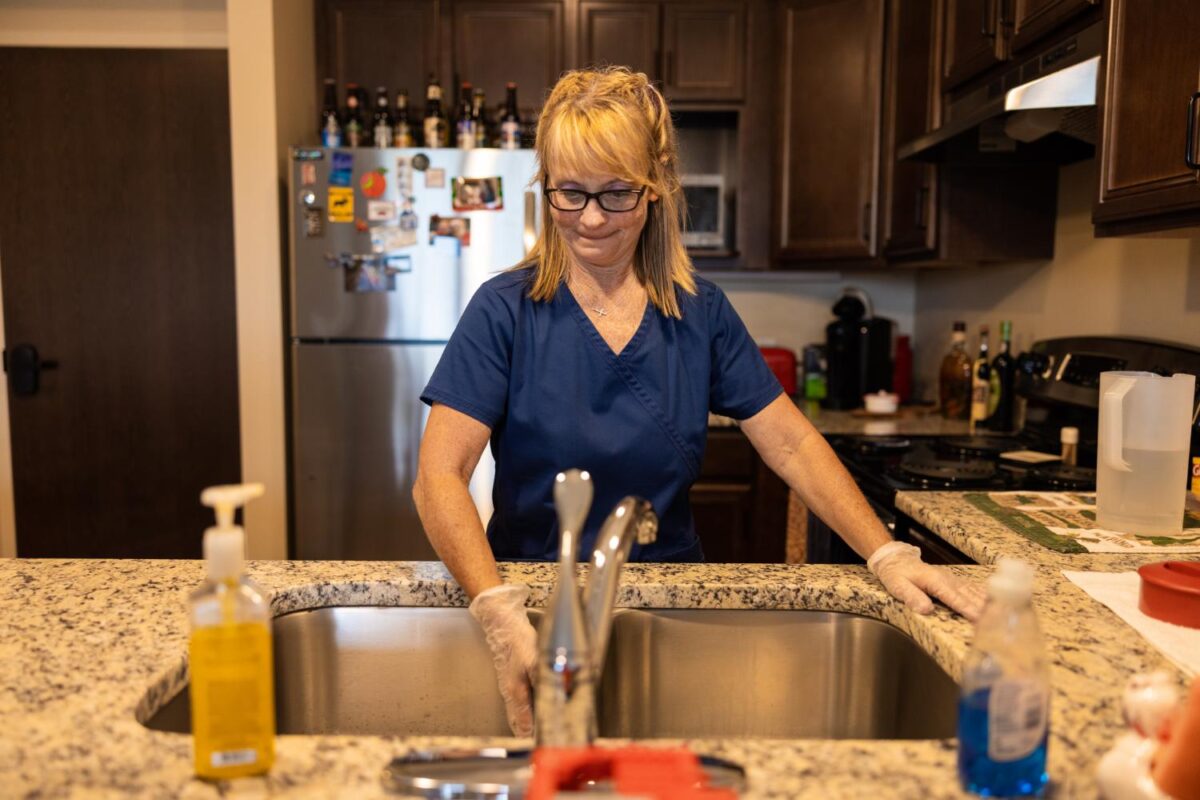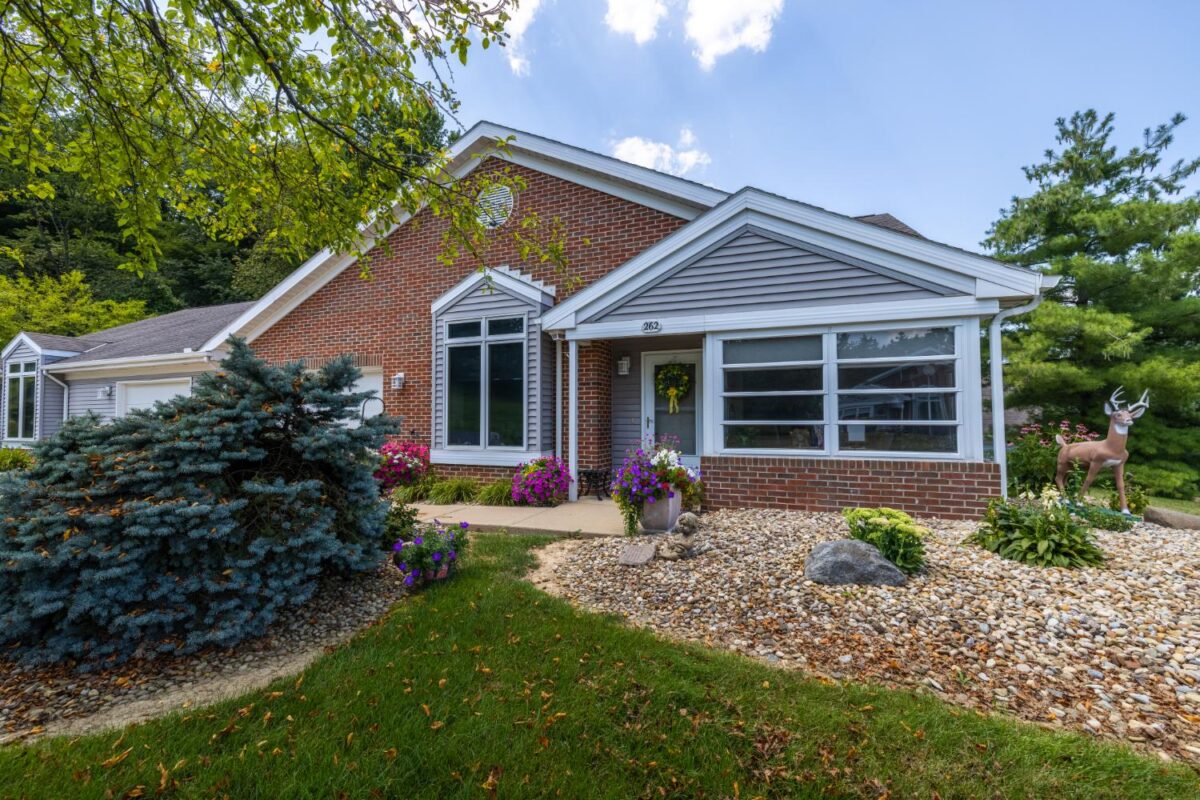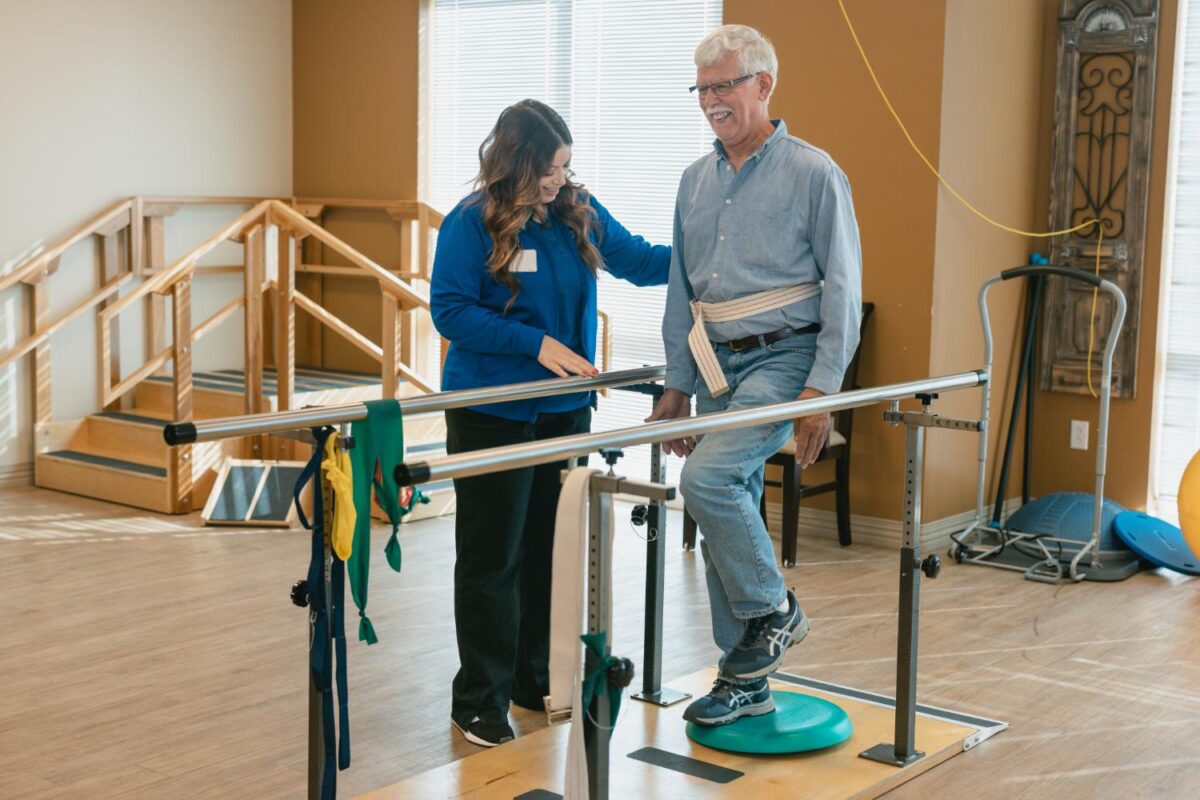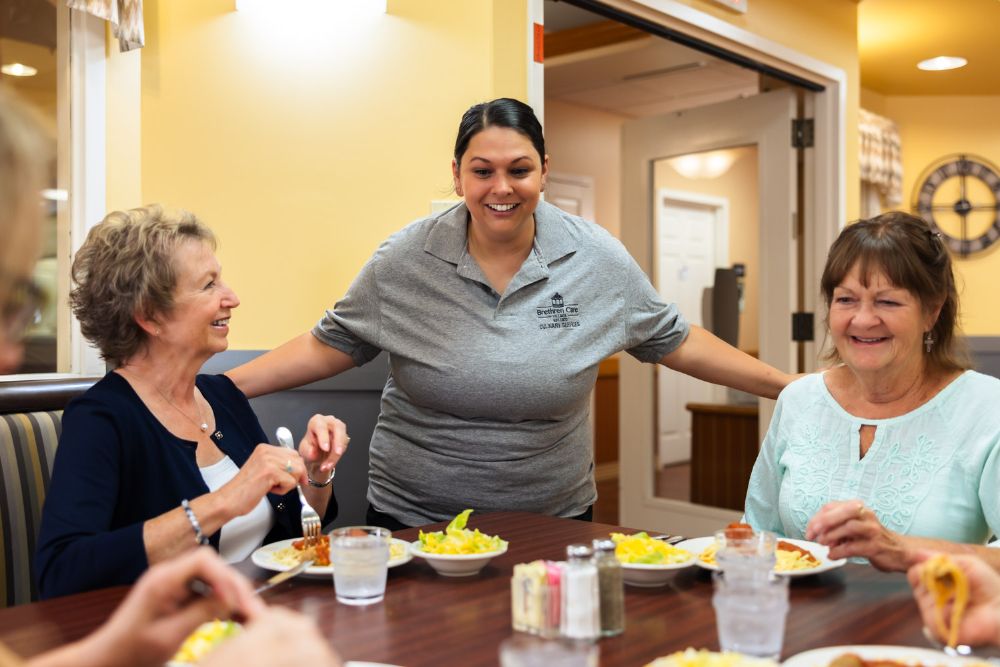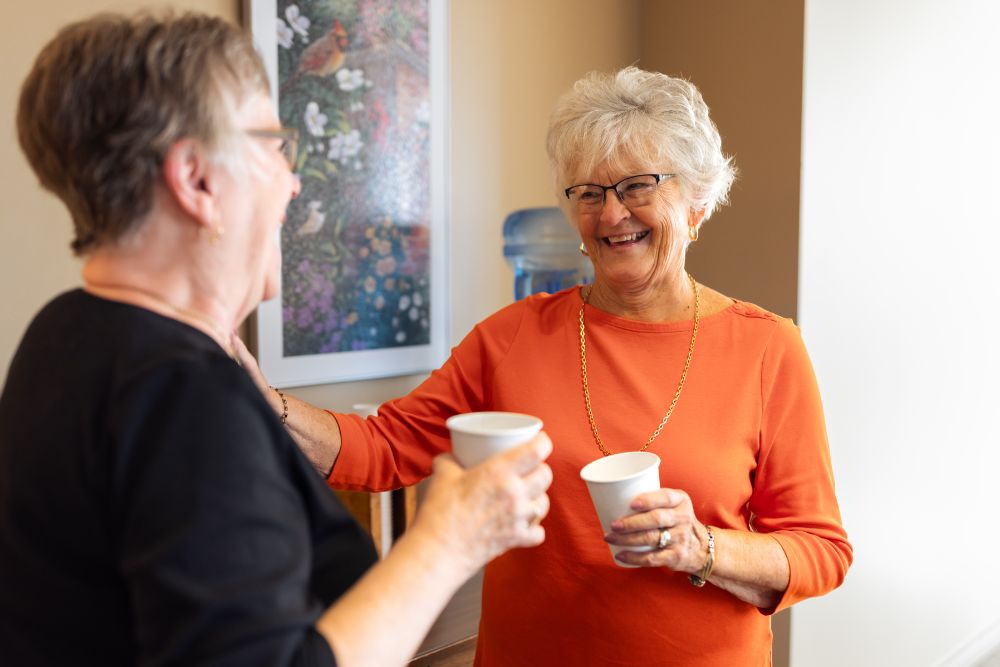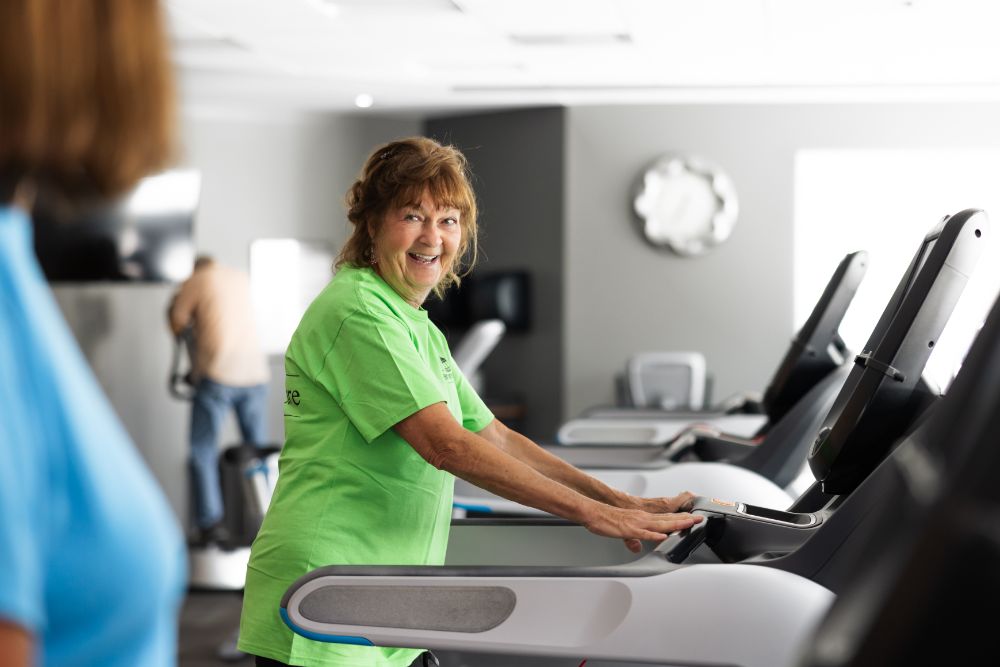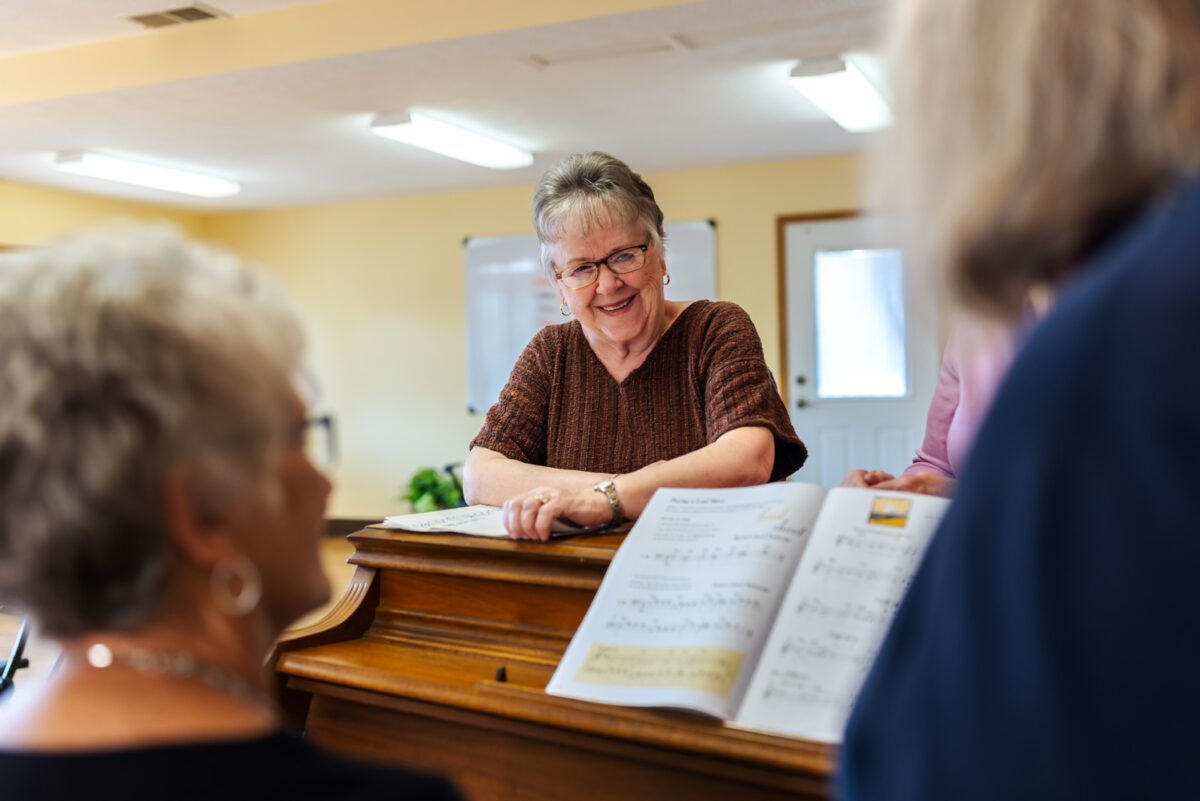Incorporating a Positive Aging Mindset
Maddie Rogowski
on
April 9, 2024
Incorporating a Positive Aging Mindset
Aging is a natural part of life, and how we approach it can significantly impact our overall well-being. At Brethren Care Village, we believe in fostering a positive aging mindset that transcends traditional perceptions of growing older. Let’s explore the transformative power of embracing positivity in the golden years.
The Power of a Positive Mindset
- Physical Health Benefits – Research consistently shows that individuals with a positive outlook on aging tend to live longer and enjoy better physical health. Positive thinkers are more likely to engage in healthy behaviors, leading to improved immune function and cardiovascular health.
- Cognitive Resilience – A positive mindset contributes to cognitive resilience. Seniors who embrace a hopeful outlook are better equipped to handle challenges and maintain cognitive function as they age.
- Emotional Well-being – Positivity enhances emotional well-being, reducing the risk of depression and anxiety. It creates a buffer against stress, fostering a sense of contentment and fulfillment.
Incorporating Positivity at Brethren Care Village
- Holistic Programs – Our life enrichment programs are designed to cater to the diverse interests of our residents. From educational sessions to recreational activities, every program is crafted with the aim of promoting positivity and joy.
- Community Connection – Being part of a vibrant community is inherently uplifting. Brethren Care Village encourages social interactions, fostering a sense of camaraderie and shared experiences among residents.
- Individualized Care – Our approach to care goes beyond the physical. We focus on each resident’s holistic well-being, incorporating personalized strategies to enhance mental and emotional health.
Practical Steps to Foster a Positive Aging Mindset
- Gratitude Practices – Encourage residents to engage in gratitude exercises. Reflecting on positive aspects of life can shift the focus from challenges to blessings.
- Mindfulness and Meditation – Incorporate mindfulness practices into daily routines. Techniques like meditation and mindful breathing contribute to a calm and positive mental state.
- Engaging Hobbies – Pursuing hobbies that bring joy and fulfillment is a powerful way to maintain a positive mindset. Whether it’s painting, gardening, or reading, residents are encouraged to explore activities they love.
Aging with Positivity
At Brethren Care Village, we recognize that aging is a journey that can be filled with purpose, joy, and continued growth. By incorporating a positive aging mindset, residents not only enjoy better health but also embrace the richness of their experiences. If you or your loved one is seeking a community that values positivity in aging, Brethren Care Village welcomes you to explore the transformative possibilities of the golden years.
Contact Brethren Care Village today to learn how you can become a part of our community.
